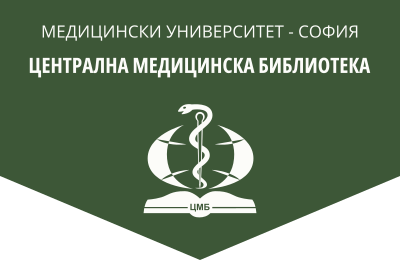Effects of preoperative physiotherapy for patients undergoing total hip arthroplasty
Information for nursing staff, 2025, 57(1), 46-52.
P. Kazakov, Ts. Krasteva, M. Bozhkova
Medical College, Medical University – Plovdiv
Abstract. There are more than 3.1 million total hip arthroplasties performed in Europe each year, which will inevitably lead to complications in some cases. Total hip arthroplasty (THA) provides very good outcomes for patients suffering from degenerative hip osteoarthritis as it results in good functional restoration, improved quality of life and most importantly pain relief. Most commonly the indication for THA is end-stage symptomatic osteoarthritis. Other diagnoses include hip osteonecrosis, congenital hip disorders and inflammatory arthritis. Preoperative physiotherapy introduces components of rehabilitation to patients prior to undergoing medical interventions, such as THA, which is a very common surgical procedure and is the most cost-effective and successful medical procedure developed during the last century. However, like all major surgeries, total hip arthroplasty carries risks of complications as some of the most common ones occur when bacteria infect the surgical site or the implanted materials, when the tissues and muscles around the hip are stretched and weakened during surgery, blood clots that can form in the veins of the leg due to reduced mobility after surgery, leg length discrepancy, over time, the implant can become loose from the bone or it can wear out which can reduce function and cause pain. Some patients continue to experience pain or reduced mobility even after surgery as this may be the result from scar tissue or improper healing. Abnormal bone growth in the soft tissues around the join can cause heterotopic ossification. Preoperative physiotherapy is believed to enhance the patient’s physical and psychological function before and after surgery which leads to better patient experience and outcome, faster recovery time and returning to daily activities with less complications. Most patients undergoing total hip arthroplasty have undergone some physiotherapy interventions prior to surgery. Some patients have done only electrotherapy procedures, others have done exercise therapy and some patients have done electrotherapy and exercise therapy, but the effects are not documented well enough. The most recent studies on the subject, however, have shown mixed results ranging from very good functional outcomes to no statistically significant benefits from preoperative physiotherapy. The purpose of this article is to determine what are the effects of the different specific preoperative physiotherapy interventions and how are they incorporated into the whole process of rehabilitation after hip replacement. Methods: The search was performed in the following databases: Google Scholar, PubMed, Web of Science, ResearchGate.
Key words: physiotherapy, kinesitherapy, preoperative physiotherapy, exercise, total hip arthroplasty
Address for correspondence: Petar Kazakov, е-mail: Petar.Kazakov@mu-plovdiv.bg
